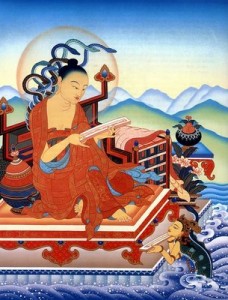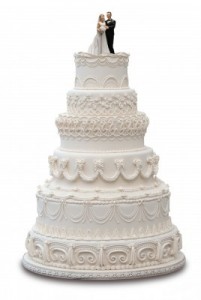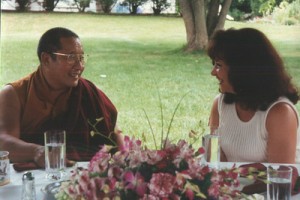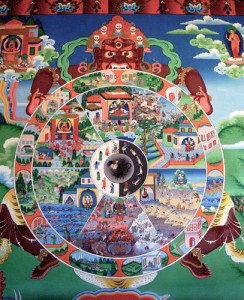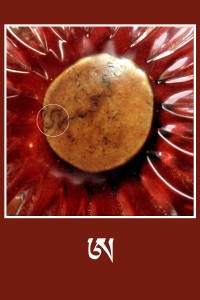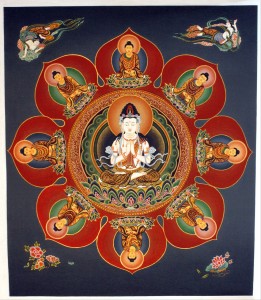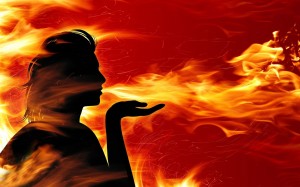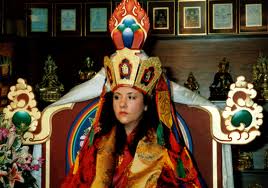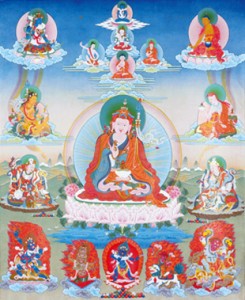The following is an excerpt from a teaching by Jetsunma Ahkon Lhamo called “Your Treasure is Heart”
The vow of refuge—taking refuge in the Buddha, the Dharma and the Sangha—is a vow that one must renew every lifetime, but the power of the Bodhisattva Vow is so strong that the power and potency of that vow lives from lifetime to lifetime. If you have taken that vow, you have that vow from now until you cross through the door of liberation into nirvana. And you must pray every day that you will be guided, in this life and in every future life, to meet with the means by which you will be able to practice this great compassion.
Now everything about your life must seem different. The prejudices you had before, about different peoples and different races and different religions and so forth, how can they make sense now? You had ideas about how this person is better than that person because of the class that they’re in, or how one person is superior because of their superior intellect. Having tasted one moment of Bodhicitta you realize that a superior intellect is a fools’ toy in a fools’ world, unless it can be used to bring about that pure absorption. Everything changes, and slowly, slowly so do you. So even if you are that person who begins practicing the Bodhisattvas’ path by saying “I dedicate myself to the liberation and salvation of all sentient beings” (dull, bored and quick) that’s not going to last for long. Accept yourself the way you are. If that’s where you’re starting, start there. It’s a simple truth. Just do it, and don’t make such a big deal about it. That’s a good mantra. Om don’t make a big deal hung phet. Just don’t make a big deal about it. Just start where you are. Gradually over time this will stop and you’ll begin to feel that catch in your throat, that movement, that change that begins to happen.
Of course, there are different ways of beginning practice, different places that each one of you start at, but the rules fundamentally are the same. They are the same. One requires mental discipline in order to truly practice the Bodhicitta. Practice the contemplations. Practice daily mindfulness, and then, in the practice of the repetition of the vow of the Bodhicitta, begin to remain absorbed in this idea, in the reality of the Bodhicitta. Remain absorbed in the stability of mind that one experiences when one is not busy manipulating and grasping. This is real progress on the path, real progress, much more so than talking the dharma talk and walking the dharma walk and doing the dharma routine. Developing a good heart at last. This is real result, and it is lasting.
You won’t be able to take your dharma talk and your dharma rap and your dharma scene and your dharma clothes and your dharma deadly do-rights, or anything that you have accomplished in this lifetime, into the next rebirth. You will not be able to take any of that into the bardo. But a good heart and vajra compassion? Yes, you’ll take that into the next life. And it is one of the main causes for the conditions of your next rebirth. This is valuable. This is your treasure, this heart of the Bodhisattva. It is the first step to a truly happy life.
Copyright © Jetsunma Ahkon Lhamo. All rights reserved
